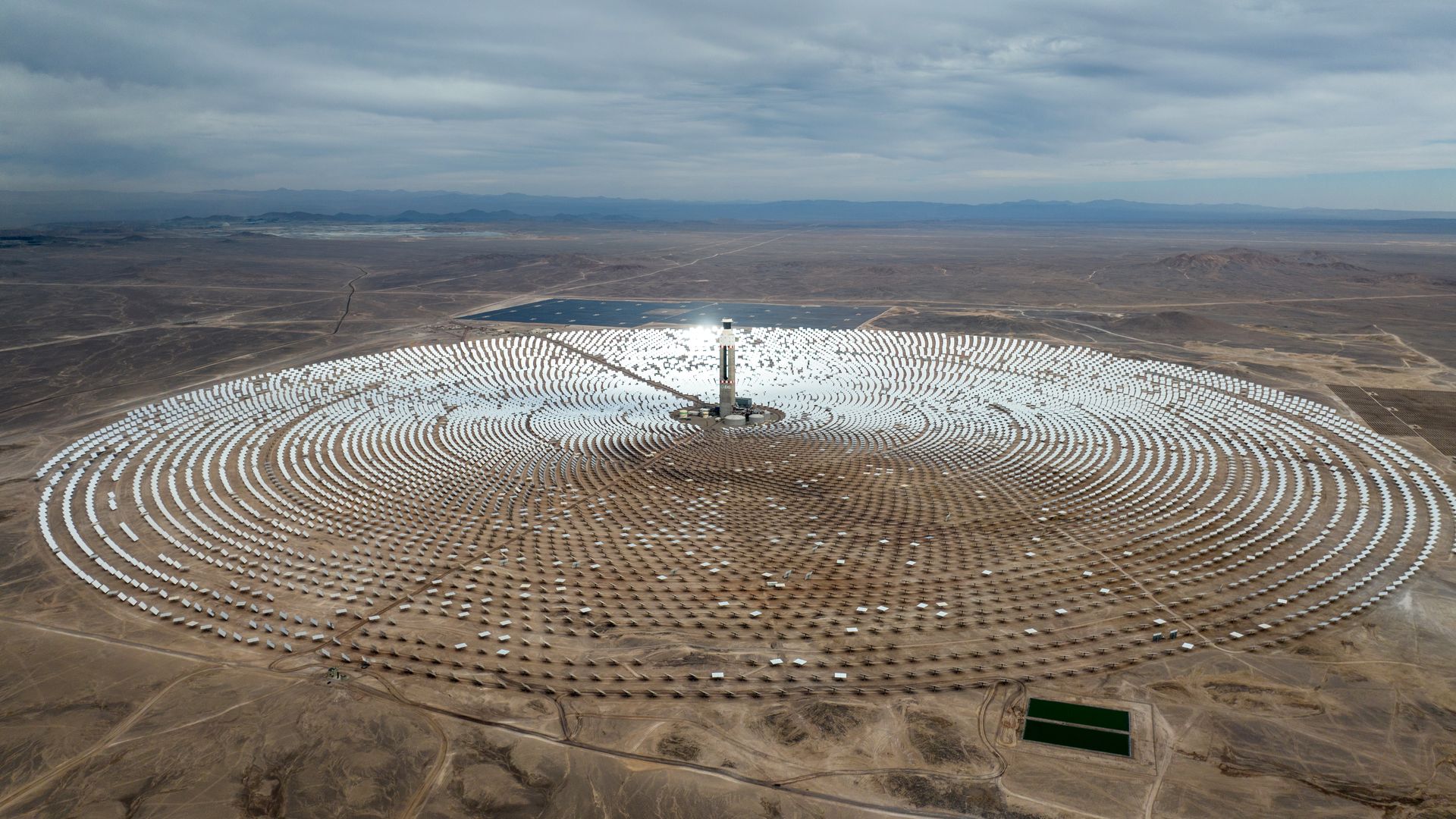| Plug-in hybrid vehicles (PHEVs) are a good bridge car for drivers reluctant to go fully electric — but they also make a lot of sense for the broader industry, given problems like a lack of charging infrastructure and battery scarcity, Joann Muller writes. Why it matters: Lawmakers' efforts to get Americans to replace their gas-powered cars with EVs are about to run into two stubborn realities: Most consumers aren't ready to go electric, nor is the battery supply chain prepared to meet a surge in demand. Driving the news: The Inflation Reduction Act, which President Biden signed into law earlier this month, purported to expand EV tax credits (though supply chain requirements mean fewer cars now qualify). - Plus, a new California mandate would ban the sale of new gas-powered vehicles by 2035. Other states are expected to follow.
Yes, but: Expanding EVs' market share will be challenging if the industry can't produce enough batteries. - Automakers are investing billions in new battery manufacturing while rushing to close deals with mining companies to lock in supplies of lithium, nickel and other critical metals.
- Many manufacturers anticipate a battery bottleneck in the latter half of this decade as EV demand takes off.
Plug-ins, which run on electric power for around 20-40 miles before switching to a gas engine, use much smaller batteries than full EVs. - They still usually have enough electric driving range for most people's daily commute or errands, as long as their owners plug them in overnight.
The catch: Most PHEV owners don't plug in their cars, so they end up using gas anyway and missing the benefits of the partially electric life. - For this reason, a recent study from the International Council on Clean Transportation found that real-world PHEV fuel consumption in Europe was 2.5 to 5 times higher than laboratory testing.
Of note: Many forecasters, including Boston Consulting Group, predict EVs will take off in the coming years, while PHEVs will stay flat or fade away. The other side: Convincing people that plug-in hybrids are the best solution right now is "not the simplest argument to make," concedes Toyota's chief scientist Gill Pratt — especially when the government is pushing fully electric cars. - Yet most EV owners are "dragging around expensive bricks" because they don't need 300 miles of battery capacity weighing down their car, he says.
Go deeper: "In an era of battery scarcity, we could have two 150-mile EVs for the battery capacity in every 300-mile EV," writes automotive journalist Edward Niedermeyer in a New York Times column. - "Using the same 300-mile EV battery, you could have six plug-in hybrids with 50 miles of electric range for daily driving and a gasoline engine for those rarer road trips, or many, many more e-bikes," he writes.
The bottom line: If you want to make an immediate impact on carbon emissions, plug-in hybrids aren't a bad choice. Share this story. | 









No comments:
Post a Comment